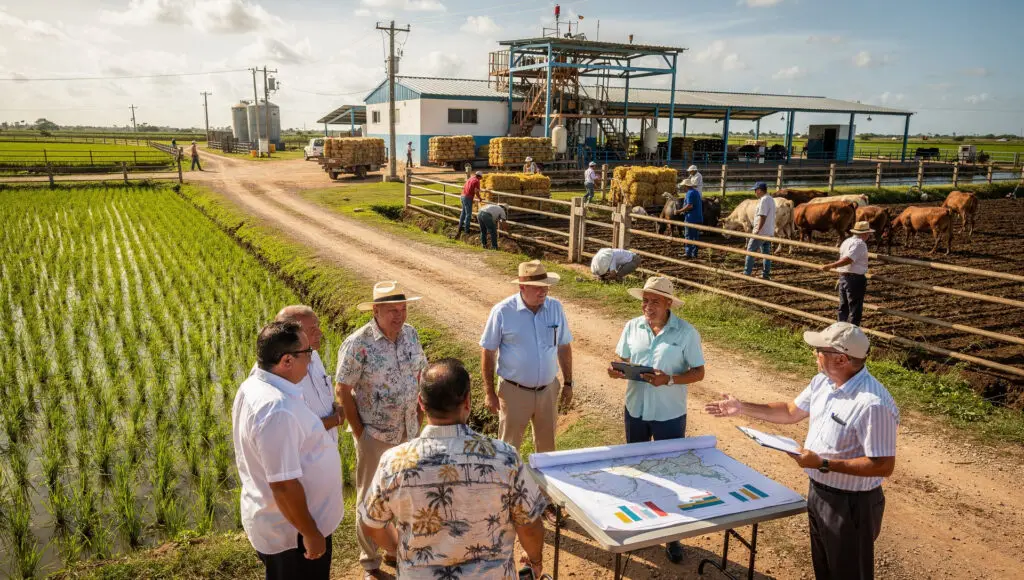Tesla’s Unprecedented Sales Downturn
Tesla, a company once synonymous with relentless growth and market disruption, is currently navigating an unprecedented period of sales decline, marking a stunning reversal of its historical trajectory. For years, the electric vehicle (EV) giant had recorded only a single quarterly year-over-year sales drop prior to 2024, a testament to its seemingly unstoppable momentum. However, the last 18 months have painted a starkly different picture, revealing significant trouble ahead for the automotive innovator. Investors are already aware that Tesla’s second-quarter sales plummeted by a record 13.5% compared to the same period a year earlier.
This marks the second consecutive quarter in which the company has experienced a sales contraction of at least 13%, signalling a persistent and concerning trend. The upcoming second-quarter earnings report, due after the market closes, is anticipated to shed further light on these and other potentially larger problems. This period of contraction is particularly critical as Tesla faces the prospect of losing its coveted title as the world’s largest EV maker to China’s burgeoning BYD, intensifying the competitive pressures and raising questions about its market dominance.
Financial Fallout from Plummeting Sales
Tesla’s sales dropped significantly in the first quarter, resulting in a 71% reduction in net income. This was a significant financial fallout for the company, with net income dropping by approximately $350 million from March to June, a 24% decrease. This highlights the correlation between sales volume and the company’s financial health. Tesla faces challenges in maintaining healthy profit margins in an increasingly competitive and price-sensitive EV market. As sales volumes decrease, fixed costs associated with manufacturing and operations become a larger proportion of revenue, putting additional pressure on the bottom line and making profitability difficult to achieve, even with cost-cutting measures.
The Looming Impact of Expiring Tax Credits
Looking ahead, one of the most significant financial headwinds facing Tesla is the impending elimination of a crucial incentive for US EV buyers. A $7,500 tax credit, which has played a vital role in making electric vehicles more affordable and attractive to consumers, is set to expire in October. This removal of a substantial financial incentive could have a cascading effect on Tesla’s sales, particularly given that US buyers account for nearly half of the company’s total vehicle sales. To counter the potential drop in demand resulting from the loss of this credit, Tesla may be compelled to further reduce its vehicle prices.
While price cuts can stimulate sales, they inevitably come at the cost of profit margins, which are already under pressure. This scenario presents a difficult dilemma for Tesla: maintain higher prices and risk further sales declines, or cut prices to boost volume at the expense of profitability. The delicate balance between market share and financial returns will be a critical challenge for the company in the coming months as it navigates this significant policy shift.
Navigating Tariffs and Supply Chain Costs
Tesla faces increasing cost pressures from tariffs and supply chain complexities. Despite building every car in the US at its two American plants, Tesla is heavily dependent on imported parts and raw materials, which are subject to various tariffs. A recent development has increased the cost of Chinese graphite, a critical component used in Tesla’s batteries, by 160% compared to last year. This has directly impacted Tesla’s production expenses, putting further pressure on its profit margins. To maintain its competitive pricing and profitability in the global EV market, Tesla must manage these escalating supply chain costs and navigate the evolving landscape of international trade policies.
The Disappearance of Regulatory Credit Revenue
Tesla faces a significant financial challenge due to the imminent elimination of the market for regulatory credit sales. This revenue stream has been a significant source of revenue for the company, contributing $10.6 billion since 2019. Historically, traditional gas-powered carmakers would purchase emissions credits from Tesla, which monetized Tesla’s environmental compliance. However, a recent Republican tax and spending bill removed financial penalties for automakers violating emissions rules, eliminating the demand for these credits. This has led to Tesla reporting a financial loss in the first three months of the year without the revenue generated from selling these credits. This has forced Tesla to rely solely on its core automotive sales for profitability, removing a significant financial cushion.
Elon Musk’s Diversions and Future Bets
Tesla CEO Elon Musk’s focus on futuristic ventures like robotaxis and humanoid robots is becoming increasingly fragmented amid financial and operational challenges. Tesla launched a limited-scale robotaxi service in June, available only to friends and fans in Austin, Texas. However, it could take years for the service to become a significant revenue generator. Musk’s involvement in politics, including his departure from the Trump administration and his public disagreement with President Trump, has also contributed to uncertainty. These political forays and diversions could impact Tesla’s future, strategic direction, and investor confidence, adding a significant wildcard to the company’s outlook. The implications of these forays and diversions remain unclear, adding uncertainty to the company’s outlook.
Navigating a Complex Road Ahead
Tesla finds itself at a critical juncture, facing a confluence of significant challenges that demand strategic agility and unwavering focus. The dramatic sales plunge, coupled with the impending loss of crucial tax credits and the elimination of regulatory credit sales, presents a formidable financial hurdle. Furthermore, escalating tariff costs on essential raw materials like graphite add another layer of pressure on profitability. While Elon Musk’s visionary pursuits in robotaxis and humanoid robots offer long-term potential, their immediate financial impact remains speculative, and his continued political engagements introduce an element of unpredictable risk.
The company’s ability to navigate these complex headwinds will depend on its capacity to innovate, optimise its cost structure, and potentially diversify its revenue streams beyond traditional vehicle sales and regulatory credits. The coming quarters will be pivotal in determining whether Tesla can regain its growth momentum and solidify its position in the rapidly evolving global EV market, or if these challenges will lead to a more prolonged period of adjustment and re-evaluation for the once-unassailable industry leader.























